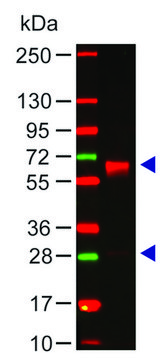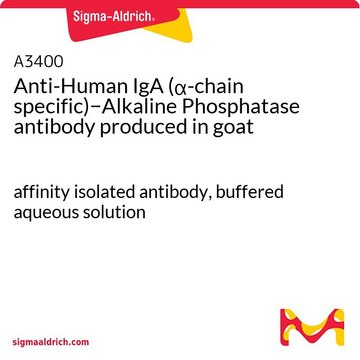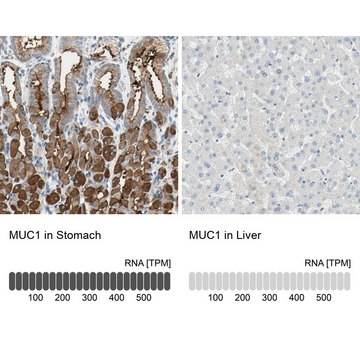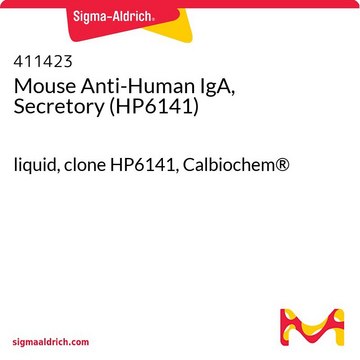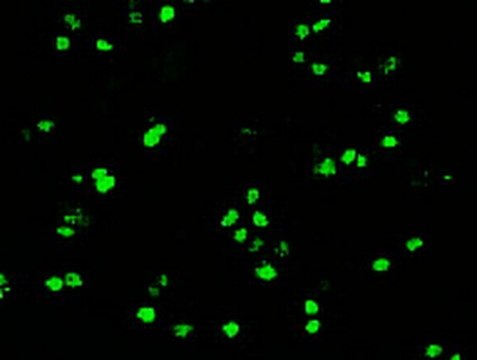91446
Pentadecanoic acid
analytical standard
Synonym(s):
C15:0, NSC 28486, Pentadecylic acid
Select a Size
About This Item
Recommended Products
grade
analytical standard
Quality Level
Assay
≥99.0% (GC)
shelf life
limited shelf life, expiry date on the label
technique(s)
HPLC: suitable
gas chromatography (GC): suitable
bp
257 °C/100 mmHg (lit.)
mp
51-53 °C (lit.)
51-55 °C
format
neat
functional group
carboxylic acid
shipped in
ambient
Looking for similar products? Visit Product Comparison Guide
1 of 4
This Item | 308M-1 | ABD116 | MABD76 |
|---|---|---|---|
| antibody form diluted ascites fluid | antibody form diluted ascites fluid | antibody form affinity isolated antibody | antibody form purified immunoglobulin |
| biological source mouse | biological source mouse | biological source rabbit | biological source mouse |
| conjugate unconjugated | conjugate unconjugated | conjugate - | conjugate - |
| clone MRQ-10, monoclonal | clone MRQ-2, monoclonal | clone polyclonal | clone 9B7, monoclonal |
| species reactivity human | species reactivity human | species reactivity human | species reactivity mouse |
| Gene Information human ... POU5F1(5460) | Gene Information human ... POU2F2(5452) | Gene Information human ... POU5F1(5460) | Gene Information human ... POU5F1(5460) |
General description
Application
Recommended products
Storage Class Code
11 - Combustible Solids
WGK
WGK 3
Flash Point(F)
235.4 °F - closed cup
Flash Point(C)
113 °C - closed cup
Personal Protective Equipment
Choose from one of the most recent versions:
Already Own This Product?
Find documentation for the products that you have recently purchased in the Document Library.
Customers Also Viewed
Articles
Antibody-based serology tests are useful in identifying subjects with an adaptive immune response to the SARS-CoV-2 virus. Anti-human immunoglobulin antibodies allow for quick and simple, yet reliable assays with easy readouts and can also be adapted for high-throughput screening.
Our team of scientists has experience in all areas of research including Life Science, Material Science, Chemical Synthesis, Chromatography, Analytical and many others.
Contact Technical Service


